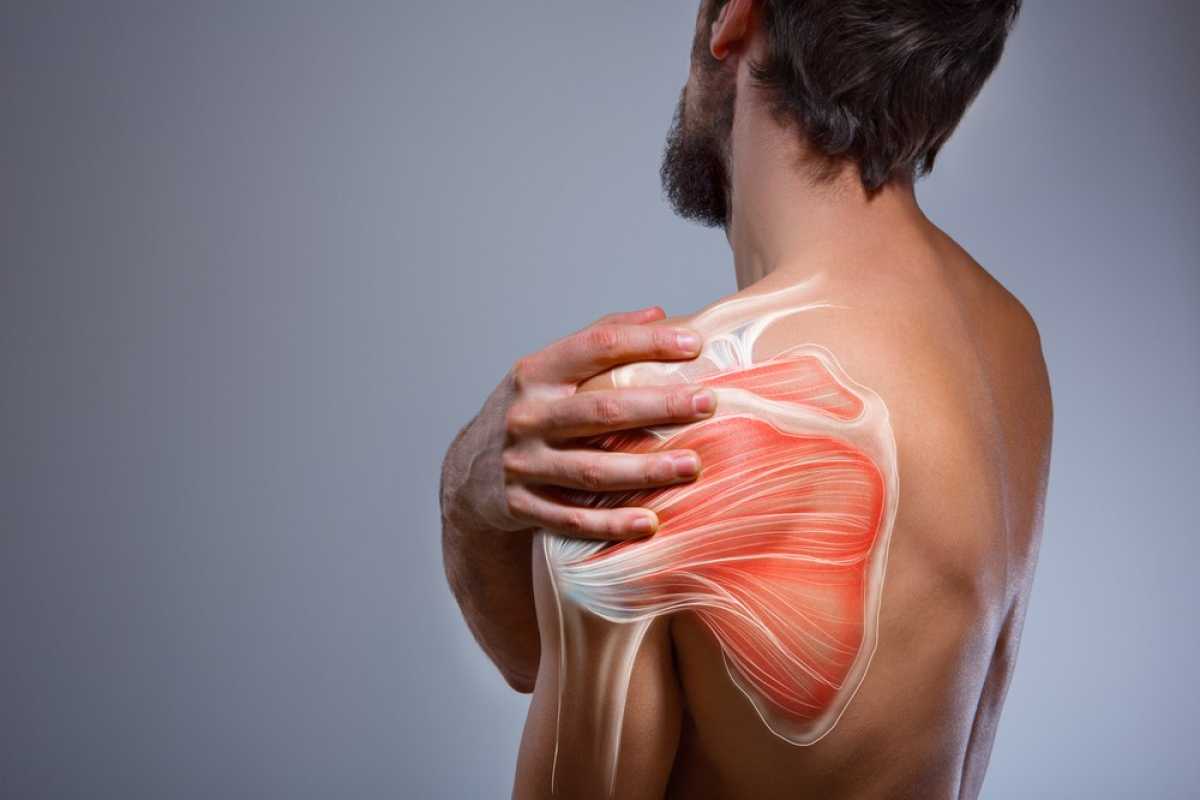5 Tips To Ease Your Shoulder Pain
- - Category: Diseases & Conditions
- - 24 May, 2024
- - Views: 87
- Save

Shoulder Pain
We never consider how frequently we use our shoulders until they begin to hurt.
Many of us will have had some form of shoulder pain. It's often straightforward to figure out what's causing the discomfort, and you can usually treat it yourself at home with simple exercises, pain relievers, or heat and cold packs.
When to seek help
Most shoulder pain should begin to ease within the first two weeks of self-care. However, if your discomfort persists or you have additional symptoms, you should consult your doctor.
Shoulder pain can sometimes be an indication of a serious medical issue that requires immediate attention.
Specific shoulder conditions
Conditions which impact on the shoulder include:
- Osteoarthritis
- Rotator cuff tear
Ways to manage shoulder pain
Here are some practical tips on how to treat shoulder pain.
1. Use painkillers and hot and cold therapy
To assist relieve pain, inflammation, and stiffness in your shoulder, try:
- To relieve pain and inflammation, place an ice pack wrapped in a damp towel on your shoulder for about 20 minutes every few hours.
- To ease stiff or aching muscles, apply a covered hot water bottle or heat pack to your shoulder for approximately 20 minutes multiple times per day.
- I take pain relievers and NSAIDs regularly throughout the day. For example, paracetamol and ibuprofen.
- Apply an NSAID gel or cream to the sore area of your shoulder.
2. Think about your posture
Bad posture can have a significant impact on your shoulders, so consider the position of your back, neck, and shoulders whether working, moving around, or resting. Adjust your posture throughout the day, and try to move your shoulders at least once each hour.
If you use a computer, keep the keyboard and monitor right in front of you so you don't have to turn your head or twist your body. Keep the mouse in easy reach so you don't have to stretch for it.
Consider how you're sitting or standing and make any necessary adjustments to your posture. Posture check exercises can help you distinguish between good and bad posture, which should alleviate some of your shoulder pain.
3. Try specific shoulder exercises
It's crucial to stay active and move your shoulder as much as your discomfort allows so it doesn't stiffen.
Do not push through the discomfort; instead, work with it and allow it to direct your motions.
Try these shoulder exercises to get you started; you may practice them while watching TV or during a work break.
4. Balance being active and taking rest
Whether you have a chronic disease or your pain is triggered by an injury, daily strengthening, and stretching activities will help protect all of your joints.
If you're new to exercise, start lightly and gradually increase the quantity you do.
While your shoulder is in pain, it may be better to avoid exercises that put too much strain on it, such as heavy lifting.
Swimming and other water-based workouts can also help to develop muscle strength.
T'ai chi, yoga, and Pilates can all help you enhance your strength and range of motion.
You could participate in our online Let's Move program, which is specifically developed for people who wish to increase their physical activity.
5. Reduce the strain
You may need to adjust how you do certain tasks to decrease the strain on your shoulders.
Maintain a consistent pace and take breaks between chores. Plan ahead of time so you have enough time to figure out how you'll do things without placing too much strain on your hurting shoulder.
If you need to carry something, such as groceries, try using a trolley to relieve the strain on your shoulders. Alternatively, a rucksack can help you distribute the weight across your back and shoulders.
Or you could ask someone to lend you a hand while your shoulder hurts.
If your shoulder pain is interfering with your ability to sleep, try not to lie on the painful side. A pillow or cushion under your arm may assist prevent you from rolling onto it while sleeping.


